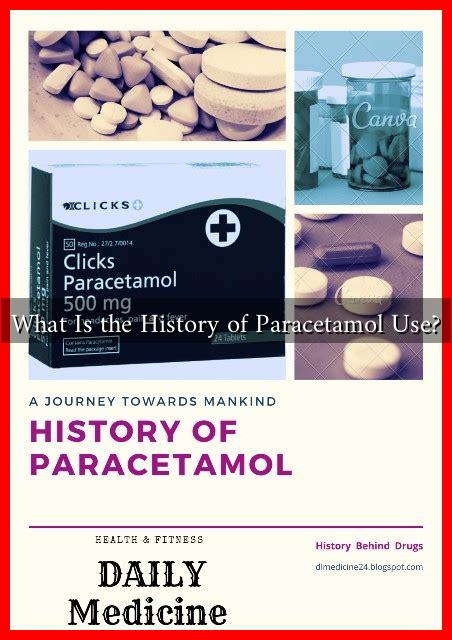-
Table of Contents
What Is the History of Paracetamol Use?
Paracetamol, also known as acetaminophen, is one of the most widely used medications globally. It is commonly employed for pain relief and fever reduction. Despite its ubiquitous presence in medicine cabinets, the history of paracetamol is rich and complex, spanning over a century of scientific discovery and medical application. This article delves into the origins, development, and current use of paracetamol, highlighting its significance in modern medicine.
The Early Beginnings: Discovery and Initial Use
The story of paracetamol begins in the late 19th century. The compound was first synthesized in 1877 by the German chemist Harmon Northrop Morse, who discovered it while experimenting with coal tar derivatives. However, it wasn’t until 1886 that paracetamol was recognized for its analgesic properties when it was identified as a metabolite of another pain reliever, phenacetin.
Phenacetin was widely used in the early 20th century, but concerns about its safety led to a decline in its popularity. In the 1940s, researchers began to explore paracetamol as a safer alternative. By the 1950s, paracetamol was officially introduced as a medication in the United States and the United Kingdom, marketed under various brand names, including Tylenol and Panadol.
Paracetamol in the 20th Century: Rise to Prominence
Throughout the 20th century, paracetamol gained recognition as a safe and effective analgesic. Its popularity surged due to several key factors:
- Safety Profile: Paracetamol is generally well-tolerated, with fewer gastrointestinal side effects compared to non-steroidal anti-inflammatory drugs (NSAIDs).
- Accessibility: It became available over-the-counter, making it easily accessible to the public.
- Versatility: Paracetamol is effective for a wide range of conditions, including headaches, muscle aches, arthritis, and fever.
By the 1970s, paracetamol had become one of the most commonly used medications worldwide. According to the World Health Organization (WHO), it is included in the Essential Medicines List, which highlights its importance in basic health care.
Modern Use and Controversies
In recent years, paracetamol has faced scrutiny regarding its safety, particularly concerning liver damage. Overdose is a significant risk, as paracetamol is often found in combination with other medications, leading to unintentional excessive intake. The Centers for Disease Control and Prevention (CDC) reports that paracetamol overdose is one of the leading causes of acute liver failure in the United States.
Despite these concerns, paracetamol remains a cornerstone of pain management. Its use is supported by numerous clinical studies, which have demonstrated its efficacy in various populations, including:
- Children: Paracetamol is often the first-line treatment for fever and pain in pediatric patients.
- Pregnant Women: It is considered safe for use during pregnancy, unlike many other analgesics.
- Postoperative Patients: It is frequently used in combination with opioids to enhance pain relief while minimizing opioid consumption.
Global Impact and Future Directions
The global impact of paracetamol cannot be overstated. It is estimated that billions of doses are consumed each year, making it a vital component of healthcare systems worldwide. However, the future of paracetamol use may involve:
- Research on New Formulations: Ongoing studies are exploring extended-release formulations and combination therapies to enhance its effectiveness.
- Public Awareness Campaigns: Efforts to educate the public about safe dosing and the risks of overdose are crucial in preventing adverse effects.
- Regulatory Changes: Some countries are considering stricter regulations on the sale of paracetamol to mitigate overdose risks.
Conclusion
Paracetamol has a storied history that reflects its evolution from a laboratory compound to a household name in pain relief. Its safety, efficacy, and accessibility have solidified its place in modern medicine. However, as with any medication, it is essential to use paracetamol responsibly to avoid potential risks. As research continues and public awareness grows, paracetamol will likely remain a vital tool in managing pain and fever for years to come.

